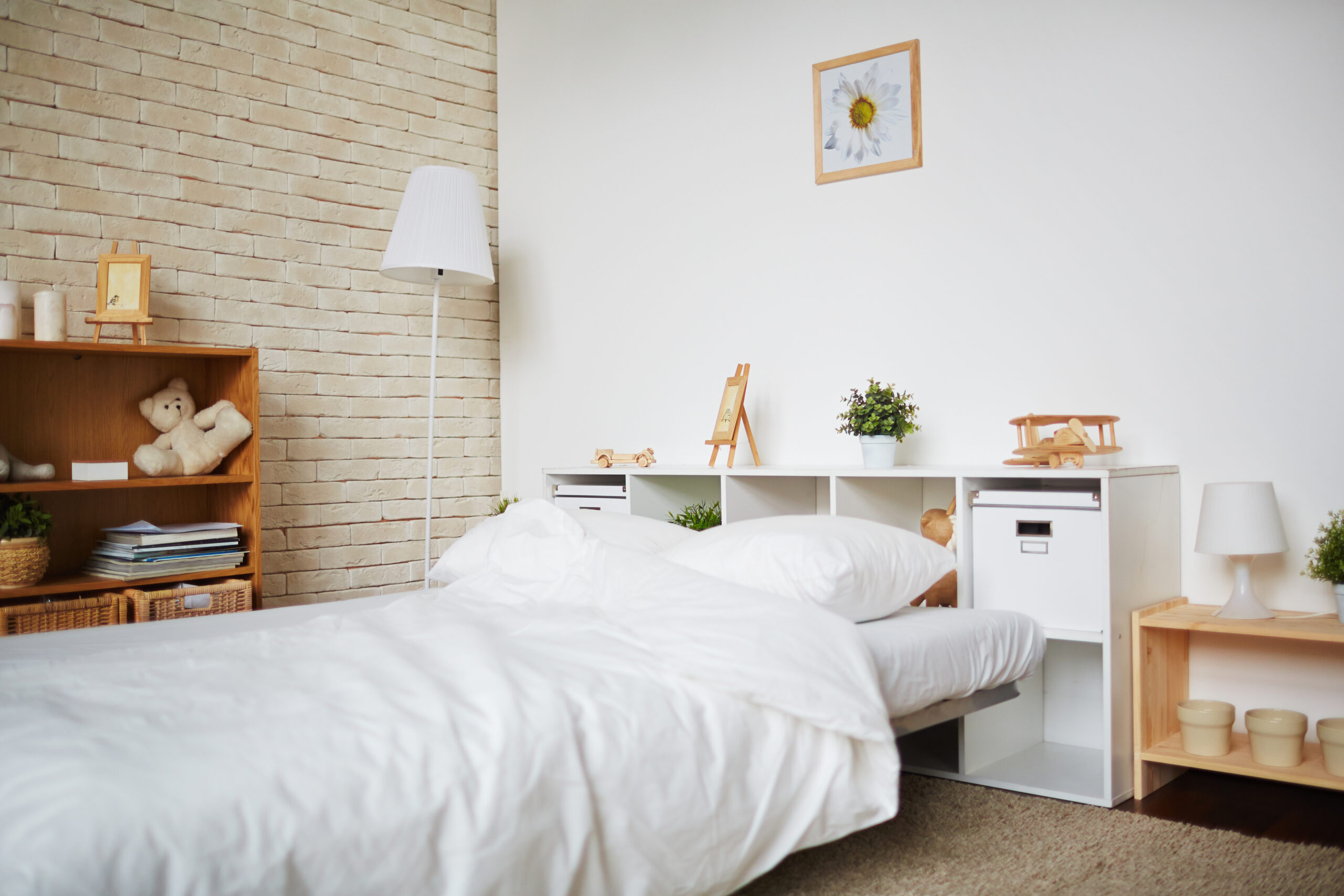How to Clean Polyurethane Coated Wood
Oh boy, we’ve all been there, haven’t we? You’ve got this gorgeous piece of wood furniture or stunning hardwood floors, coated to perfection in polyurethane. It’s the star of your room, making your place look like a page from a glossy interior design magazine. But alas, the party doesn’t last forever, does it? Eventually, life happens. Dust, grime, spills… before you know it, the crown jewel starts to look a bit dull, a bit lackluster.
So, sit back, relax, and let’s get your wooden surfaces back to their sparkling best, because having well-taken-care-of furniture, makes your home feel cozy and elevates the look of your home.

Step 1: Wipe Away Dust and Loose Debris
Before we begin our deep dive into the world of cleaning, it’s crucial to start with the basics: dusting. This task is much like a warm-up before a workout, getting you and your furniture ready for the more intensive cleaning to follow.
Start by grabbing a clean, dry microfiber cloth. I’ve tried a multitude of dusting tools in my time, but I keep coming back to the trusty microfiber. It’s a magnet for dust and debris, locking them into its fibers and preventing them from just being pushed around or, worse, scratched into your beautiful surface.
Now, start wiping your wooden surface down gently. No need to scrub or exert too much pressure here. Remember, our goal at this stage is simply to remove the loose dust and debris that have gathered on the surface.
If you’ve been impressed with the look and feel of your indoor wooden surfaces, you might also consider revamping your outdoor spaces; reaching out to a reputable wood decking supplier can be an excellent way to get started.
Following the grain of the wood, make your way across the entire surface, not forgetting corners and crevices. They’re dust’s favorite hideouts, after all.
Step 2: Say ‘Hello’ to Soapy Water
Having bid adieu to the surface dust, it’s time to roll up your sleeves for some serious cleaning. And guess what your best friend is here? That’s right, good old soapy water.
Now, before you start picturing harsh detergents or strong cleaners, let me put your mind at ease. We’re talking about nothing more than warm water mixed with a few drops of mild dish soap. Why dish soap, you ask? Well, it’s gentle, effective, and most likely already sitting on your kitchen shelf. Because polyurethane is not toxic when dry, this is the perfect solution to clean your surface.
First, fill up a bucket with warm water. The warmth helps to break up any stubborn grime. Then add just a few drops of your dish soap. Remember, we don’t want a bubble bath, but just enough soap to help cut through the dirt.
Next, take another clean cloth. Ideally, you should use a different type or color from the one you used for dusting, so you don’t mix them up. Dunk this cloth into your soapy solution and give it a good wring. It should be damp, not soaking.
With your damp cloth, it’s time to get down to business. Wipe down the entire surface of the wood, following the grain. This not only ensures that you’re cleaning effectively but also helps maintain the natural beauty of the wood grain. Be thorough, but gentle. Remember, the goal here is to cleanse, not to scrub.
Step 3: Rinse, But with Care
Okay, your soapy cloth has worked its magic, doing its bit to loosen and lift that stubborn grime. Now it’s time to say bye-bye to those soap suds. Here, the star of the show is another clean cloth and a bucket of plain, lukewarm water.
The process isn’t complicated. First, dunk your fresh cloth into the water. Now, here’s where you need to be a bit careful. Wring it out properly – we don’t want a soaking wet cloth that’ll flood your wood. Your cloth should be just damp, not dripping.
Then, gently wipe the surface, making sure you get all the soap off. Remember, any leftover soap can leave unsightly smudges on your wood. And we can’t have that, can we? Be thorough, but gentle, always following the grain of the wood to maintain its natural pattern and avoid streaks.
Step 4: Dry, Dry, and Dry Again
Now, listen up folks, because this step is the real game-changer. It might seem simple, but trust me, drying your wood is critical. Nobody likes water rings or bloated wood, and that’s exactly what’ll happen if you don’t dry your wood properly.
Firstly, arm yourself with a clean, dry towel. Soft, absorbent cotton works best in my experience. Gently pat the surface dry. Be thorough, make sure you’ve mopped up every drop.
Then, the second phase of drying begins – air drying. While this might seem redundant, believe me, it’s not. You want to be sure every trace of moisture has evaporated. Let your wooden piece sit and air dry. If you’re feeling impatient, or if it’s a particularly humid day, you could even switch on a fan nearby, or use a blow dryer on a cool setting. Remember, heat can damage the wood, so stick to a cool setting if you’re using a blow dryer.
Step 5: Refresh with Polish
Here comes my favorite part.
It’s time to bring back that mesmerizing shine. And the tool for that job? Some good quality furniture polish. There are loads of them available in the market, but look for one that’s designed for polyurethane-coated wood for the best results.
Take a soft, clean cloth – microfiber works wonders here. Apply a bit of the polish onto the cloth, not directly on the wood. Now, gently rub it on the surface, following the grain of the wood. As you do this, you’ll notice the dullness disappear, replaced by that familiar warm glow.
But the magic of polish doesn’t stop there. Not only does it make your wood look like a million bucks, but it also adds an extra layer of protection, shielding your wood from dust, grime, and scratches.
FAQs
Q: Can I use vinegar to clean polyurethane coated wood?
A: Vinegar is a fantastic natural cleaner, but I’d advise against using it on polyurethane coated wood. It can dull the finish over time.
Q: Can I use a vacuum cleaner to remove dust and debris?
A: Absolutely! Just make sure to use the soft brush attachment to avoid scratching your surface.
Q: What if there are stubborn stains or spots?
A: For stubborn spots, you can use a touch of baking soda mixed with water. Just remember to test it on a small, hidden area first to make sure it won’t damage the finish.
Q: How often should I clean my polyurethane coated wood?
A: Dust and debris should ideally be wiped off every few days. A deep clean, like the one I’ve explained, can be done every few months or as needed.
So there you have it, my fellow cleanliness enthusiasts. Cleaning polyurethane-coated wood isn’t rocket science. With a little patience and care, you can get your wood looking as good as new. Happy cleaning, my friends.


